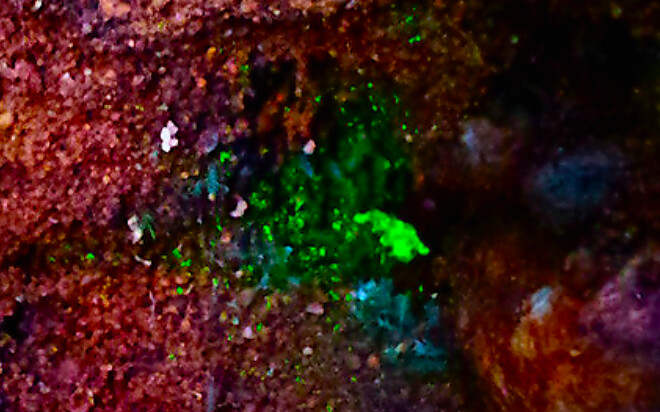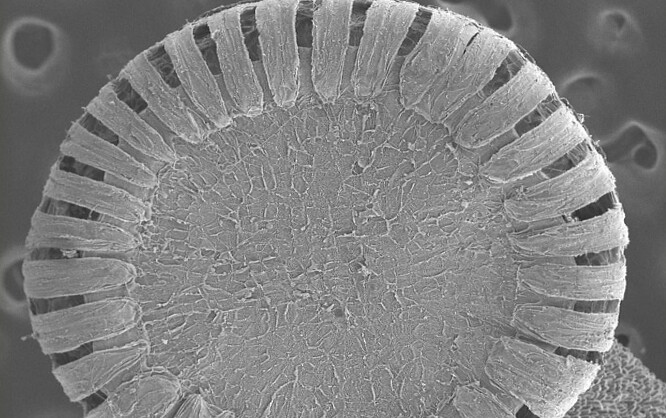BC Bryophyte Expansion Deck
2015 – (See Cards | Deck Info | Download | Purchase)…
This set was designed by Jennifer Deol to highlight a selection of the plethora of bryophyte species found in British Columbia, Canada. It was done as an assignment for Dr. Shona Ellis’ course on bryophyte biology (BIOL 321 University of British Columbia). BC Bryophytes Expansion Pack uses images and photos produced by Jennifer Deol, Diana W. and Shona Ellis. This include three cards with scanning electron microscopy images of selected mosses. This is an expansion deck and cannot be played on its own.

COMMON LIVERWORT
Marchantia polymorpha


2 POINTS
Fact: This liverwort reproduces sexually via antheridiophores and archegoniophores – which resemble an umbrella. It also reproduces asexually via gemmae found in gemma cups.

GOBLIN’S GOLD
Schistostega pennata


2 POINTS
Fact: This moss is commonly found growing in Pacific Spirit Park under overturned trees. Its unique protonema luminesces yellow-green, giving it its common name.

CONTORTED HAIRY CAP MOSS
Pogonatum contortum


2 POINTS
Image Description: Scanning Electron Microscopy (SEM) image of the sporangium which has a pepper shaker mechanism for spore dispersal.

FOUR-TOOTHED WONDER MOSS
Tetraphis pellucida


2 POINTS
Image Description: Scanning electron microscopy (SEM) image of the sporangium, which has four teeth structures for dispersing spores.

LANTERN MOSS
Andreaea nivalis


3 POINTS
Image Description: Scanning electron microscopy (SEM) image of the lantern shaped spongium, which occurs during dry conditions – the optimal conditions for spore dispersal.